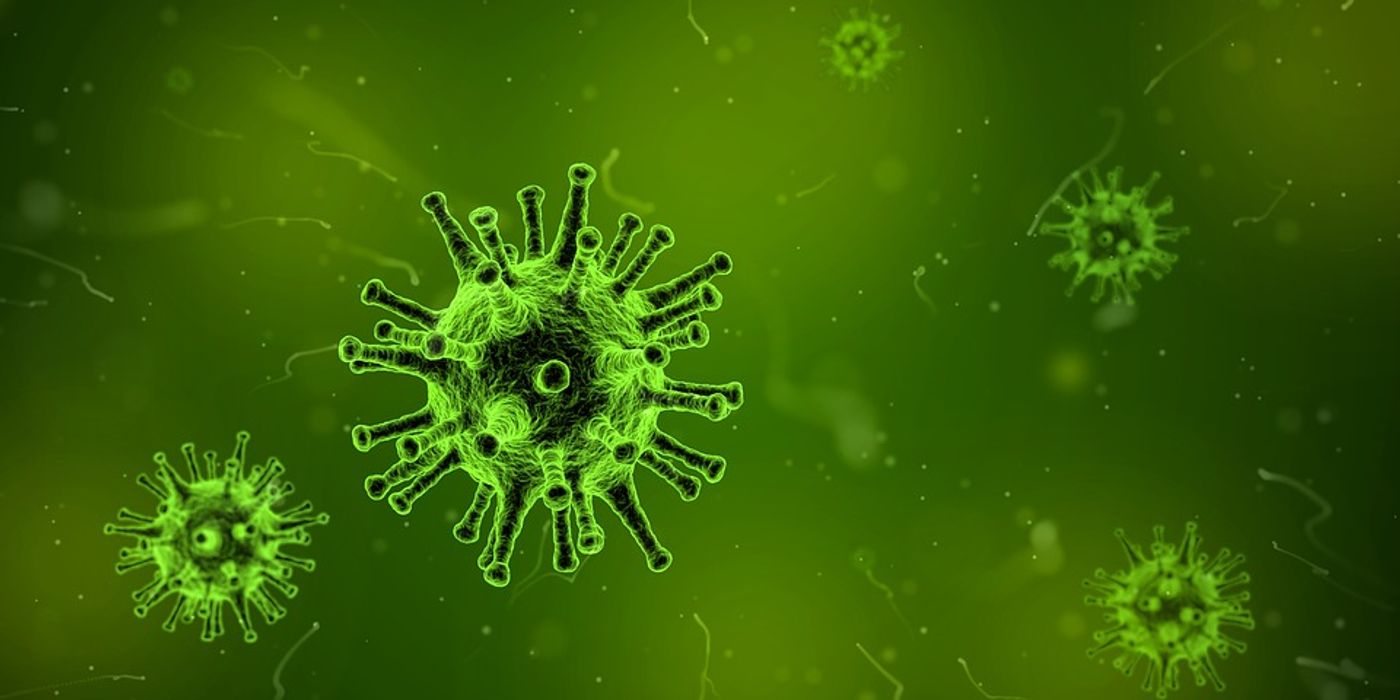Tagging Unmarked Cancer Cells for Targeted Therapy
Using small-molecule sugars, scientists successfully made artificial tags for cancer cells that otherwise blended in with healthy cells. The technique, researchers say, will allow for precise and targeted therapies, especially for cancers that previously evaded treatment because they were good at hiding.
Receptors are small molecular protein tags, often found on the surface of cells. Through the binding of other small molecules, receptors can transmit signals from the outside of the cell to the inside of the cell. Aside from cellular communication, receptors are extremely useful in medicine, as these protein tags allow scientists to target specific cells. For example, many drugs are designed to act on cells that express certain receptors on their surface, while leaving other non-specific cells unharmed.
In the case of some cancers, the cells outsmart targeted therapies by the simple virtue of lacking cell surface receptors. The classic example of receptor-negative cancer is triple-negative breast cancer, which lack three receptors: estrogen, progesterone, and the epidermal growth factor receptor 2 (HER2). Absence of receptors makes the cells unidentifiable to drugs, and these cancers typically don’t respond to therapy.
To mark these cells, researchers from the University of Illinois at Urbana-Champaign and China collaborated on a technique that selectively label cancer cells. In particular, they inserted sugar molecules called azides into cells. Cells that are cancerous then metabolize the sugars, causing the expression of receptors on their surface. These receptors are specific to another molecule called DBCO.
"It's very much like a key in a lock. They are very specific to each other. DBCO and azide react with each other with high specificity. We call it click chemistry. The key question is, how do you put azide just on the tumor?" explained Dr. Jianjun Cheng, the study’s senior author.
To ensure that only azide molecules are inserted and metabolized by cancer cells, Cheng’s team modified the sugar with an enzyme that can only be cleaved by cancer cells. In healthy cells, the sugar has no effect.
With receptors expressed on the surface of cancer cells, drug-loaded DBCO molecules can then be introduced. The lock-and-key mechanism ensures only the cancer cells would receive the drug.
"For the first time, we labeled and targeted tumors with small molecule sugars in vivo, and we used the cancer cell's own internal mechanisms to do it,” said Cheng. Not only was Cheng’s team successful with cell cultures, they were able to claim success in mouse models of triple-negative breast cancer and colon cancer too.
Additional sources: MNT









